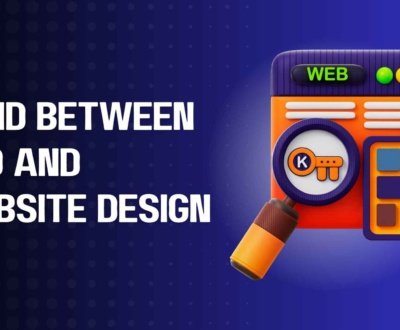
Have you ever wondered how Google or other search engines will search your website? Well, something called as search engine bots helps website to appear on search engine. In Google’s case, these bots are called “Google Spider,” “Google Bots”, or “Google Crawler”. A sitemap for website design is very crucial in each and every aspects.
Google spiders are always on the run to find anything they can crawl. They keep searching the web through moving from one link to another, which can be internal (growing within websites) or external (moving to a different site).
Because Google is the most liked search engine that has your website, and all of its essential pages are important. Due to the increasing size and complexity of the site, Google developed a new protocol in 2005, designed to use the XML format. This protocol is known as “XML Sitemap”.
What is a Sitemap?

A “sitemap” or “XML sitemap” is a file containing a list of all the important pages of a website. The reason for storing all of them in one file “XML Sitemap” is that it helps the crawler to search all the pages in one place instead of searching through internal links.
Why is a sitemap important?
A sitemap has an important role in SEO. Google bots / crawlers or any other search engine bots, for this case, search for pages through internal linking.
There is a high probability that your important pages may be omitted during the crawling process if internal linking is inappropriate.
Use this tool to checkout your website sitemap
No business or person would want their essential pages uninstalled. To avoid such risks, an XML sitemap is always recommended, as it contains all the URLs of the website to be crawled.
What are the types of Sitemaps?
There are 4 types of XML sitemaps. They are
Image Sitemap
Video sitemap
News sitemap
Mobile sitemap
A sitemap is often considered meaningless in the process of building a website, and this is actually the fact if you created a sitemap to be one.
By highlighting the importance of a well-built sitemap, you will be able to tailor your own sitemap to suit your own needs.
1) navigation purpose

The sitemap literally acts as a map of your site. If your visitors browse your site and get lost among thousands of pages of your site, they can always refer to your sitemap where they are, and navigate your pages with the utmost ease.
3 Steps to Your First Small Business Website Design
2) Winning the topic of your site
When your visitors load your sitemap, they will get the summary of your site within a very short time. There is no need to get a “big picture” of your site by reading through each page, and by doing so you will save your visitors time.
3) Site optimization objectives
When you create a sitemap, you are actually creating a single page with links to every single page on your site. Imagine that when search engine robots come to this page, they will follow the link in the sitemap and naturally every single page of your site is indexed by the search engine!
It is also for this purpose that the link to the sitemap should be prominently placed on the main page of your website.
4) Organization and Relevance
Sitemaps enable you to keep a thorough track of the structure of your site, and whenever you need to add new content or new sections, you will be able to keep in mind the existing hierarchy by taking a look at the sitemap.
As a result, you will have a fully organized site, sorted according to their relevance.
For the above reasons, it is most important for website projects to implement sitemap for website design with considerable size. In this way, you will be able to keep your website easily accessible and neatly organized for everyone.
About us and this blog
We are a digital marketing company with a focus on helping our customers achieve great results across several key areas.
Request a free quote
We offer professional SEO services that help websites increase their organic search score drastically in order to compete for the highest rankings even when it comes to highly competitive keywords.










